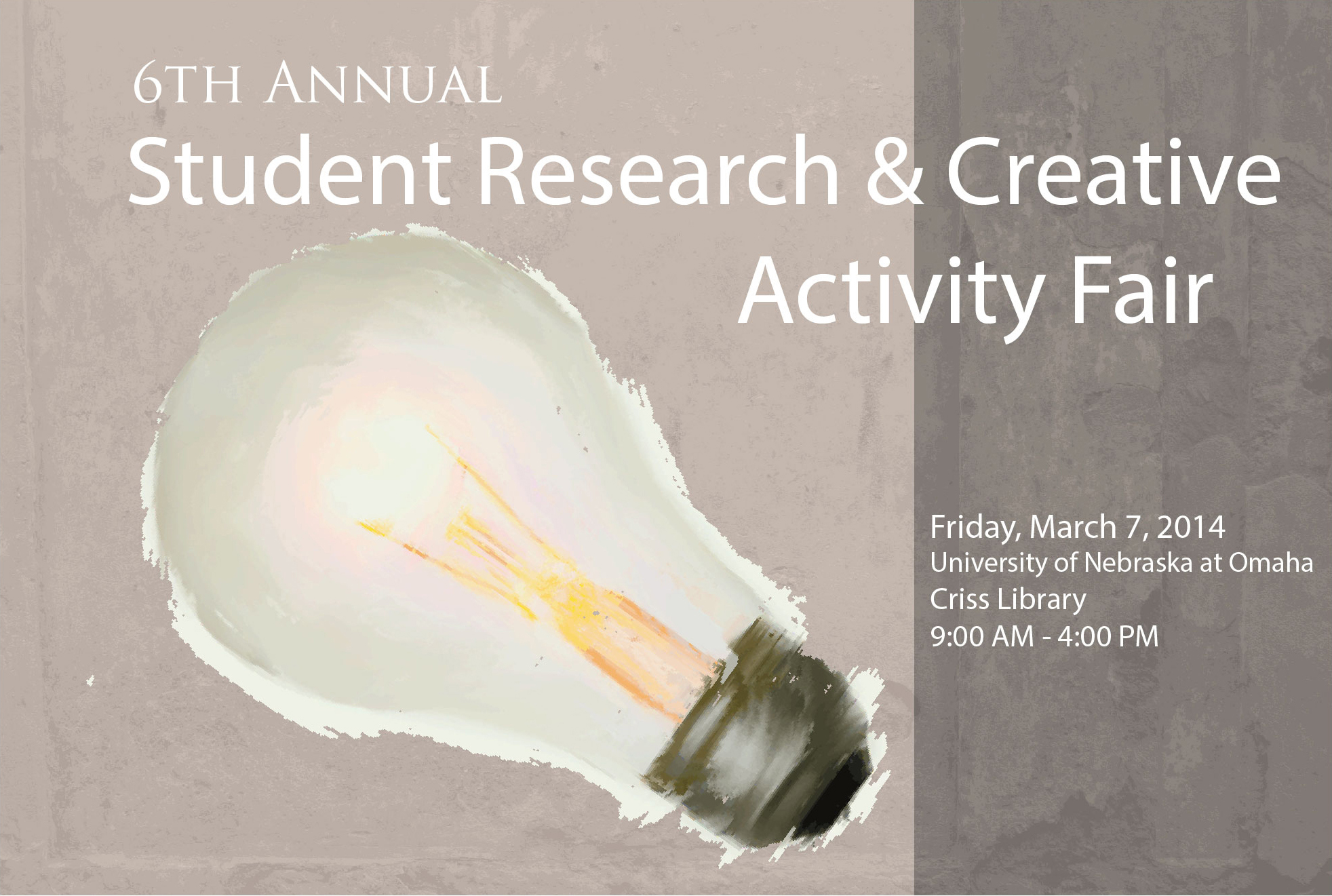
Varying the Speed of Perceived Self-Motion Affects Postural Control During Locomotion
Advisor Information
Mukul Mukherjee
Location
UNO Criss Library, Room 107
Presentation Type
Oral Presentation
Start Date
7-3-2014 2:15 PM
End Date
7-3-2014 2:30 PM
Abstract
Virtual reality environments have been used to show the importance of perception of self-motion in controlling posture and gait. In this study, the authors used a virtual reality environment to investigate whether varying optical flow speed had any effect on postural control during locomotion. Healthy young adult subjects walked under two conditions, with optical flow matching their preferred walking speed, and with a randomly varying optic flow speed compared to their preferred walking speed. Exposure to the varying optic flow increased the variability in their postural control as measured by area of COP when compared with the matched speed condition. If perception of self -motion becomes less predictable, postural control during locomotion becomes more variable and possibly riskier.
Varying the Speed of Perceived Self-Motion Affects Postural Control During Locomotion
UNO Criss Library, Room 107
Virtual reality environments have been used to show the importance of perception of self-motion in controlling posture and gait. In this study, the authors used a virtual reality environment to investigate whether varying optical flow speed had any effect on postural control during locomotion. Healthy young adult subjects walked under two conditions, with optical flow matching their preferred walking speed, and with a randomly varying optic flow speed compared to their preferred walking speed. Exposure to the varying optic flow increased the variability in their postural control as measured by area of COP when compared with the matched speed condition. If perception of self -motion becomes less predictable, postural control during locomotion becomes more variable and possibly riskier.
